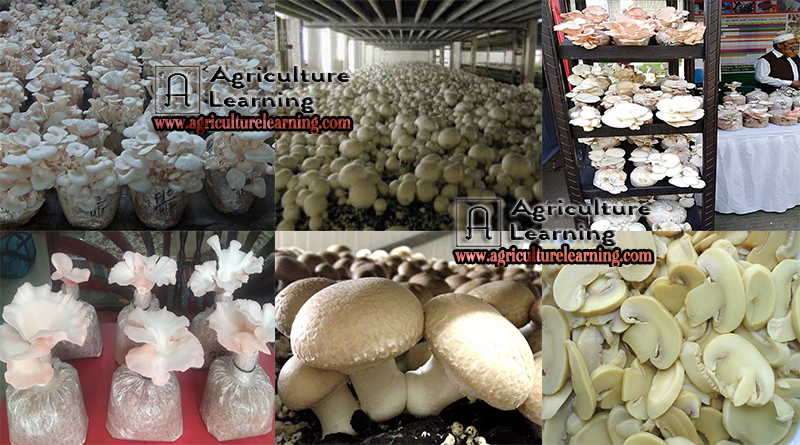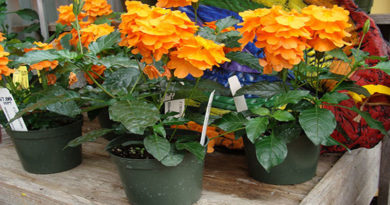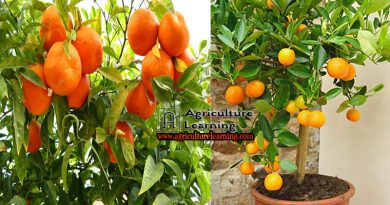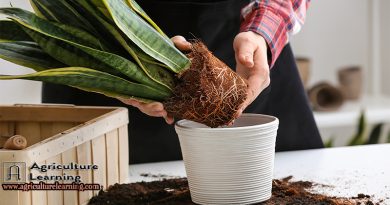Mushroom Production Technology and its cultivation process
History of Mushroom in Bangladesh:
Mushroom is a very nutritious, delicious and fully ‘halal’ vegetable having medicinal qualities. Mushroom cultivation in Bangladesh began in 1979 with assistance from Japanese organization JOCDV. Later, Japan International Cooperation Agency (JAICA) came up in 1987 with its assistance. Mushroom cultivation slowed down in 1990 following withdrawal of JAICA’s support.
In 2003, the government introduced a mushroom development project under Agriculture Extension department. Different research works are being conducted under the project in addition to providing, training on mushroom cultivation. Apart from savar, this project has activities in Dinajpur, Jessore, Barisal, Chittagong, sylhet, Comilla, Khulna, Mymensingh, Bandarban, Rangmati, Chapainawabganj and Rangpur for motivating people to cultivate mushroom.
Sheikh Ruhal Amin, director of the mushroom Development Project, says currently 13 species of mushroom are cultivated in banglaesh of which yester mushroom is produced commercially to a large extent. Mushroom farming is in fact a very easy job. There is an opportunity to make good profit by investing a little amount of capital and labor. One can earn tk 4-5 thousand a month by investing only taka 10-15 thousand.
Mushroom Varieties in Bangladesh:
The Chinese have cultivated the mushroom for centuries. Of the 300 edible mushroom species, about 30 have been domesticated. Only about 14 species can be commercially grown because of the difficulties in artificial growing.
Those 14 species are:
- Bottom mushroom (Agaricus bisporus)
- Shiitake (Lentinus edodes)
- Common oyster mushrooms (pleurotus ostreatus)
- Phoenix tail mushroom ( pleurotus sajor-caju)
- Golden top oyster mushrooms (pleurotus citrinopileatus)
- Enoki ( Flammjlina Flutes)
- Straw mushroom ( Volvariella volvacea)
- Oyster mushroom (Pleurotus ostreatus)
- Money head mushroom ( Hericium erinaceus)
- Wood ear (Auricularia auricular)
- Hair wood ear ( Auricularia polytrich)
- Silver ear (Tremella fuciformis)
- Ling zhi ( Ganoderma lucidum)
Time of growing Mushroom:
Generally, the time from May to October is considered best suitable for mushroom farming. However, you can cultivate it for twelve months, making the necessary environment and atmosphere. Both of them used to cultivate white button mushroom because of its high market potential. Mushroom can be cultivated throughout the years in some regions Bangladesh. Where the atmosphere temp always remains below then 35 °C.
Mushroom Culturing in Bangladesh:
The mushrooms which are well grown in Bangladesh are as follows:
| Name of the Mushrooms | Cultivation Period |
| White Mushroom(Agaricus bisporus) | Mid-November to Mid-March |
| Oyster mushroom (Pleurotus dajor-caju) | February to Mid-September |
| Paddy straw mushroom(Volvariella volvacea) | Mid- June to Mid- September |
| Oyster mushroom ( Pleurotus sajorcaju) | September to November |
Oyster mushroom can grow at moderate temperature ranging from 22 °C to 28 °C. Therefore, it is suitable for most of the places of Bangladesh.
Production Technology of Mushroom:
Generally, mushroom cultivation procedure consists of six basic steps:
- Compost preparation
- Spawning
- Casing
- Watering
- Harvesting
- Post harvesting, care & management
Compost preparation:
Compost preparation in mushroom cultivation is an important task because it directly impacts on the production of button mushrooms. As healthy & nutritious is your compost, higher is your button mushroom production. So, always prepare healthy & nutritious compost for mushroom growing.
For mushroom compost preparation, paddy straw, wheat straw and castor straw are most used. The straw can be purchased easily from the market at a very low cost. Now tum the straw into a compost. Prepare a composting bin for storing compost and maintaining its moisture level. Then add this straw into this composting bin along with some gypsum to raise the weight of mushroom. Water that filed composting bin for about two to three days so that it acquires a moisture level, usually about more than 60%. Moisture helps this compost in fast decaying and being healthy compost. Add some Urea to this at the time of drying it to increase the nitrogen content of compost. Higher nitrogen content definitely leads you to good production of mushroom.
Let dry this prepared compost for about two to five days, so that ammonia content in it get out of it. After that, mushroom spawn should be added to it for growing mushrooms.
Spawning:
Mushroom spawn can be made at home easily. It is not too difficult task. For this, you’d need some seed. You can use wheat seeds or jowar seeds for this; preparing spawn for mushroom cultivation. However, you can easily by quality spawn from any lab because labs are the best source of getting a quality spawn.
After getting the quality mushroom spawn, mixed it well with that prepared compost. Check the moisture content of compost; it should be more than 50% for fast and healthy development of mycelium of spawn. Fill that compost (Well mixed with spawn) in spawn bags (about 20 kg each), and keep in the dark room. Ass about 150gm mushroom spawn on the top of that compost filled bags for good production of mushrooms. Keep the room temp. about 28 °C. for fast development of mycelium in spawn bags. Observed the growth regularly at least once a day.
Crop management after spawning:
The optimum temperature for growth of A. Bosporus is 23 + – 20 °C. Relative humidity in growing room should range from 85-90% during spawn-run.
Mushroom Casing:
A casing of the compost filled bags should be done; it will help in increasing water holding capacity. Mix coco coir along with slight gypsum into it. Coir enhances the water holding capacity of your compost bags. You can go for bulk casing method in your mushroom farming.
Spread the mixed prepared casing on the compost bags. About four to five kg coir casing is sufficient enough per unit bag of 20kg compost bag. Spread as much as casing so that a layer of 1-inch casing is formed on the compost bags.
If you are cultivating mushrooms commercially, then maintain the temp. of room at about 18 to 21°C, so that case runs faster and you will able to get mushroom production in short time.
Irrigation in Mushroom Farming:
Mushroom plants are water-loving, so require more water because are fragile in nature. A regular watering is should be done to the mushroom plant so that they remain fragile and does not get tough.
Water that mushroom plant regularly, at least thrice a day. Give lite water to your mushrooms, because hard and casual watering will remove the new and upcoming mushroom from the bad. It is a good idea to give waters them by using sprinklers. Since sprinklers throw water too lightly and help in spreading it thoroughly on the compost bad.
Always check the moisture level of the casing, compost in your compost filled bags. it should not raise more than 70% for compost and about 85% for the casing. Allow fresh air in your rooms in control condition so that your mushrooms grow healthy rather than becoming poisonous.
Harvesting:
In a very short time period, about two months of composting, you will be able to harvest these healthily mushrooms. Usually, first harvesting is done to collect only overgrown mushrooms.
Take care while mushroom picking. These healthy mushrooms should be picked with hand, softly. Mushrooms are Fragile in nature. So, if do not pick them softly, then their quality could not be maintained and sometimes are sold even. Consumers always look for fresh, healthy and white button mushrooms and also pay much for it. For picking them carefully, you can use skilled labor. In mushroom cultivation, after picking those overgrown mushrooms within a month, you will be able to harvest them three to four times. You can pick them at regular interval like once a week or at an interval of ten days. It is good idea to pick them on the basis of their growth.
Advantages of Mushroom cultivation:
- Mushrooms can be cultivated on a small and large scale to allow personal consumption or the start of a commercial enterprise.
- Collected mushrooms can be sold as a supplemental or major source of income, depending on the size and number of mushroom houses.
- People with physical disabilities are fully capable of accomplishing all necessary tasks in mushroom cultivation, even if some modifications in constructions and equipment may be needed. Specific tasks may need to be done differently because of certain disabilities.
- Chronically ill or weak people can work in a cooler environment since mushrooms grow under the shade. This reduces physical exertion associated with open cultivation as with rice and small fruit.
- Mushroom cultivation can be performed by mentally disabled people. Several tasks required are repetitive and can easily be learned.
- For people interested in experimenting, the range in types of mushrooms and cultivation techniques can prove challenging and gratifying.
- Mushroom cultivation offers a wide range of activities most suitable for people with various needs, diverse interests and specific capabilities.




